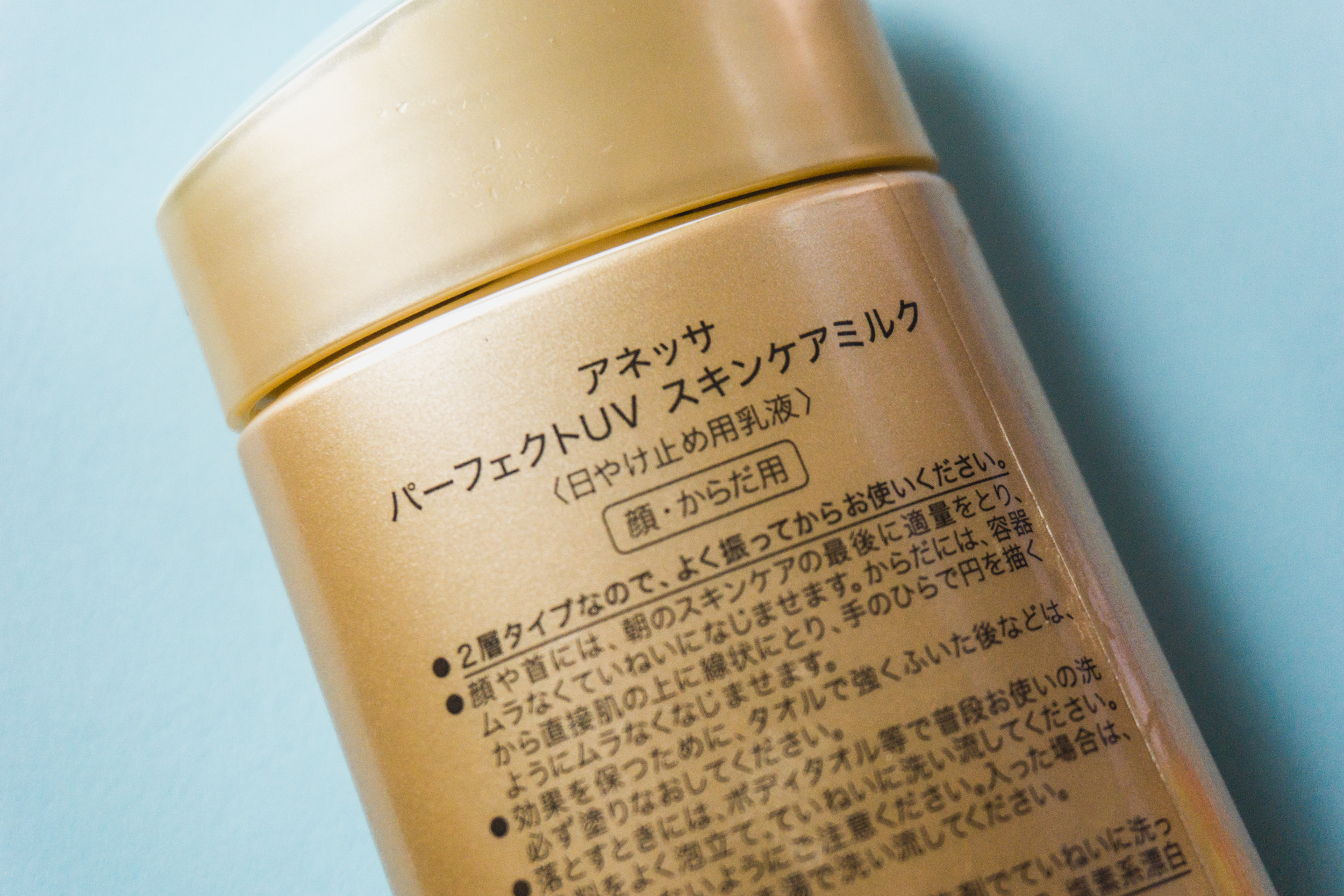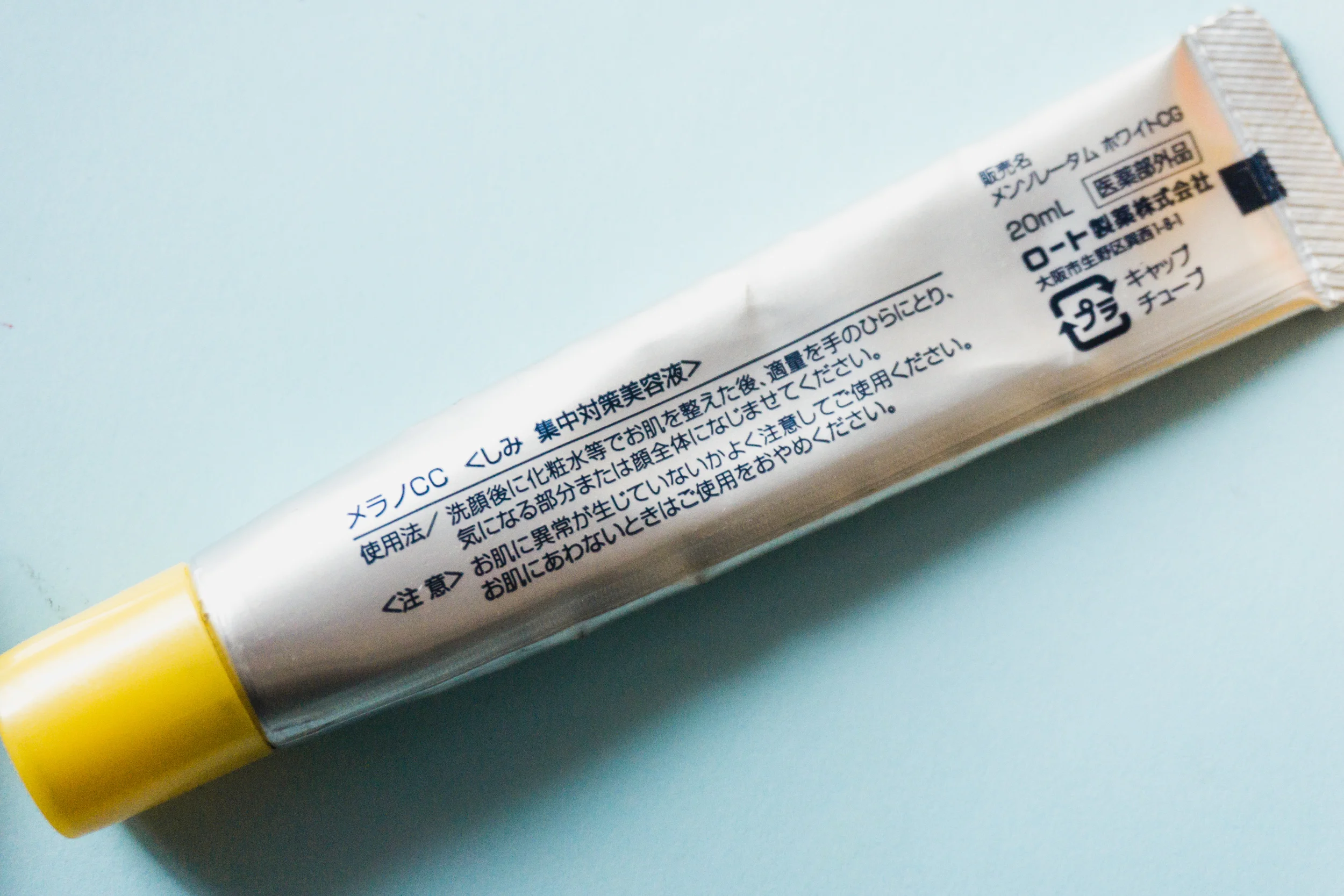The 45 common Japanese beauty terms to help you survive shopping in Tokyo
So you find yourself in a shopping district in Tokyo or Osaka, and you duck into a MatsuKiyo or Tokyu Hands. Inside, you are confronted with hundreds, if not thousands of products to choose from. It’s easier to navigate if you have a list of products to look for - maybe you even got product photos so you can show them to non-English speaking shopkeepers! Having a list is definitely helpful but given the chance to explore this beauty wonderland, wouldn’t it be fun to have a completely new discovery?
Maybe you can shop by picking out the ones in cute packaging, or you can sneak a peek at what locals are putting into their baskets. Anything that has the coveted Cosme Award sticker is sure to be good, right? It’s not a bad game plan, but once you ring it up and bring it home you’ll still be confronted with two questions: what did you just buy, and how do you use it?
Okay, it’s unlikely that you’d buy anything without knowing what it was beforehand and checking online reviews first, but some members of the Project Vanity Community have previously SOS-ed for help with the pasalubong they received. With the rising interest in J-beauty in the PH, we figured it would be handy to have an easy guide to help us navigate Japanese beauty labels. So we made one!
SKIN CONCERNS
ニキビ (nikibi): Acne or pimples.
混合肌 (kongou hada): Combination skin.
乾燥肌 (kansou hada): Dry skin.
くすみ (kusumi): Dullness..
毛穴の開き (keana no hiraki): Enlarged pores.
顔 (kao): Face.
そばかす (sobakasu): Freckles.
色素沈着 (shikiso chinchaku): Hyperpigmentation / PIH.
年齢肌 (nenrei hada): Mature skin.
普通肌 (futsuu hada): Normal skin.
脂性肌 (shisei hada): Oily skin.
赤み (akami): Redness.
敏感肌 (binkan hada): Sensitive skin.
肌 (hada): Skin.
肌の色むら (hada no iro mura): Uneven skin tone.
PRODUCT AND INGREDIENT CLAIMS
ノンアルコール (non’arukooru): Alcohol-free.
抗酸化 (kou sanka): Antioxidant.
明るく (akaruku): Brightening. May involve the use of an ingredient that inhibits melanin production.
お湯でオフ (oyude ofu): Comes off with warm water. This is usually found in products for eye makeup, like mascara.
角質ケア (kakushitsu kea): Exfoliating. A part of our recommended basic skincare steps.
無香料 (mu kouryou): Fragrance-free.
崩れにくい (kuzu renikui): Long-lasting. Commonly used to describe eyeliners or mascaras.
うるおいにある (uruoi ni aru): Moisturizing.
皮脂コントロール (hishi kontorouru): Oil control. Because Filipinas hate oil!
パラベンフリー (parabenfurii): Paraben-free.
ビタミンC (bitamin C): Vitamin C. An ingredient commonly used for brightening skin.
美白 (bihaku): Whitening. May involve bleaching skin to achieve a fairer skin tone.
SKINCARE
洗顔料 (sengan-ryou): Facial wash. We recommend low pH formulations!
クレンジング (kurejingu): Makeup remover. Can be a cleansing oil or cleansing water. Examples: the DHC Deep Cleansing Oil, and the Bifesta Cleansing Water.
保湿クリーム (hoshitsu kuriimu): Moisturising Cream, or simply a moisturizer.
美容液 (biyou eki): Serum. Also known as essence. Optional, used to target specific skin concerns. Example: the Melano CC Anti-Spot Essence.
日焼け止め (hiyakedome): Sunscreen. Our faves include: the Biore Watery Essence and the Canmake Mermaid Gel UV.
化粧水 (keshosui): Toner. Sometimes called lotion. Example: Hada Labo Gokujyun Hydrating Lotion.
MAKEUP
チーク (chiiku): Blush. Yes, it is actually cheek.
コンシーラー (konshiiraa): Concealer.
ビューラー (byuuraa): Eyelash curler. We like the ones from Shu Uemura and Shiseido.
アイブロウ (aiburou): Eyebrow products. Can be a pencil, pen, or powder.
アイライナー ( airainaa): Eyeliner. Usually liquid or pencil.
アイシャドウ (aishadou): Eye shadow. The Japanese are fond of kira-kira (sparkly) formulations.
つけまつげ (tsuke matsuge): Falsies. A must for J-beauty looks.
ファンデーション (fandeshon): Foundation. Can be a powder or liquid type.
口紅 (kuchibeni): Lipstick. The Japanese prefer a juicy, glossy lippie but they’re catching on to matte lips, too.
化粧下地 (keshou shitaji): Face primer. May have more than two claims (i.e. oil control, sun protection, or brightening.)
マスカラ (masukara): Mascara. J-beauty is known for producing cult favorites such as the Heroine Make Volume and Curl Super Waterproof Mascara.
パウダー (paudaa): Powder. To help set your base.
SHOPPING
円 (yen or en): The Japanese Yen. The Japanese monetary unit. Of course, the exchange rate changes, but a rough estimate is ¥1 = ₱0.49.
これはいくらですか? (kore wa ikura desu ka?): How much is this?
(...) が ありますか? ((...) ga arimasu ka?): Do you have (...)?
Even after having made several trips to shopping areas in Japan, the language barrier still makes it daunting to shop for beauty products. It’s a shame because there are so many brands and products that we probably haven’t even heard about! We hope that this short guide can help you be a little more adventurous with your shopping, and help you identify which products are worth checking out.
Do you love J-beauty? What’s your favorite Japanese beauty product, and what’s your favorite to shop in when you’re in Japan? Come nerd out with me at the comment section below!
Source: Matcha, Ratzilla Cosme, Tokyo Creative











